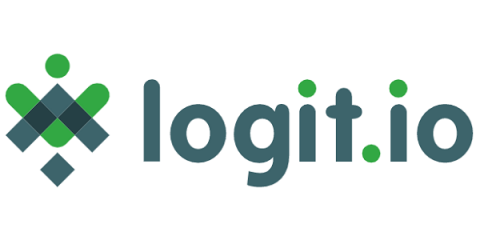Don't Warn Your Co-Workers About That Phishing Test
It is October 2021, and another Cybersecurity Awareness Month is upon us. With so much having occurred over the last year, we should all be experts in personal cybersecurity protection. After all, when our homes became our primary business location, it all became very personal. I once worked at a company that prohibited me from offering personal cybersecurity advice.








